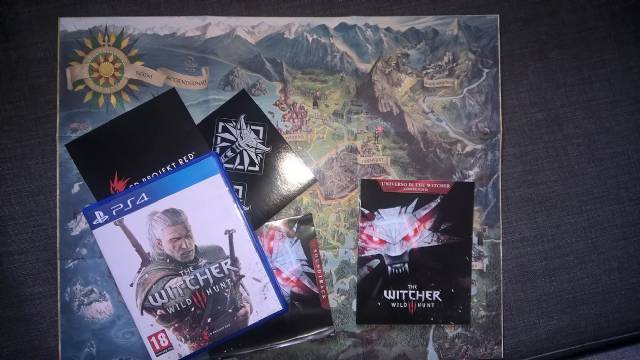From nothing to anything
The process of impoverishing the gaming manual was indeed progressive, starting with the new millennium: at 16-bit generations , game guides were real pieces of art, often containing vital information for players as much about gameplay as far as gaming and interweaving are concerned , which were often just sketched inside the games.
There was room for various types of annotations, often needed in games with cryptic maps or containing damn complicated puzzles, and for phantom passwords, useful for saving the position in games without internal battery.
By the end of the last millennium and the beginning of the current one, it complicates the great advances made by the medium in terms of available space and narrative production of the products, the role of the manual has changed: no longer essential to the full understanding of game mechanics or the underlying story to the events on the screen, but rather as an icing on the cake, with the ‘ study of some secondary aspects of the storyline , artwork of rare beauty unpublished (especially for titles from Japan) and, certain cases, straight on the game, almost as mini-guides .
The last generation of consoles, that of the definitive assertion of video gaming media as a mass phenomenon, capable of moving much more money from the film industry, has marked a decisive step backwards with regard to the importance of manuals: with games of difficulty level more and more obedient media, with extensive in-game tutorials, the manual became secondary, so that, especially younger players ended up not opening it again.
Nevertheless, his presence was reassured, increased the perceived value at the time of purchase and maintained a remarkable artistic value when developers provided sketches, images and drawings not included in the final product.
It is not by chance that we used the imperfect: today, with the current generation and with the future ones (Switch will ferry Nintendo also in the next, probably), the manuals are far fewer than the panda.
Tight-lipped
As I always do during Critical Eye, I will not use half terms to define my position on the matter: I find it shameful.
It will be that I am aging (and it does not rain on it), it will be that as well as an avid gamer, I am sick of collecting, will be that I miss the scent of fresh print paper that issued the manuals, but open the pack of my games and finding it desolate empty(disc or play cartridge, obviously) makes me sad that no Lombard winters.
The reason behind this choice of publishers and development studies is mainly related to cost-cutting: not being able to raise the price threshold for games, already transposed (mistakenly in my opinion) as being too high by a good slice of audience, is aimed at cost optimization , which has passed from the elimination of manual production and printing, obviously seen as unnecessary.
In some cases, substitutions were made with digital ones (which do not alleviate sadness, be it clear), while in others, in the absence of any kind of obligation, they simply relied on tutorials in the game , which can be recalled at any time from the menu of pause.
If all of them agree to this tactic, one might think that there really is no alternative to this painful cut, but the fact that, despite the majority of the games is lacking in manual, there are different ones on the market that instead offer no additional content it can not lead to reflections and insinuate doubts.
But these are not so isolated cases: The Witcher 3 has a handwriting handwriting, The Binding of Isaac Afterbirth + is one of the few Switch titles to be endowed, Dark Souls III has gone this way at the exit and released titles from Bethesda almost always contain a booklet, though very small in size (and in progressive slimming).
Ah, and Shovel Knight . How handsome is the manual that accompanies the physical version of Shovel Knigh t.
Do these publishers have such a high level of activity that they can afford the “luxury” of printing manuals? Or is there still someone who feels a game with no paperback accompanying material, beyond health warnings (which no one reads, anyway)?
How do we put it, then?

